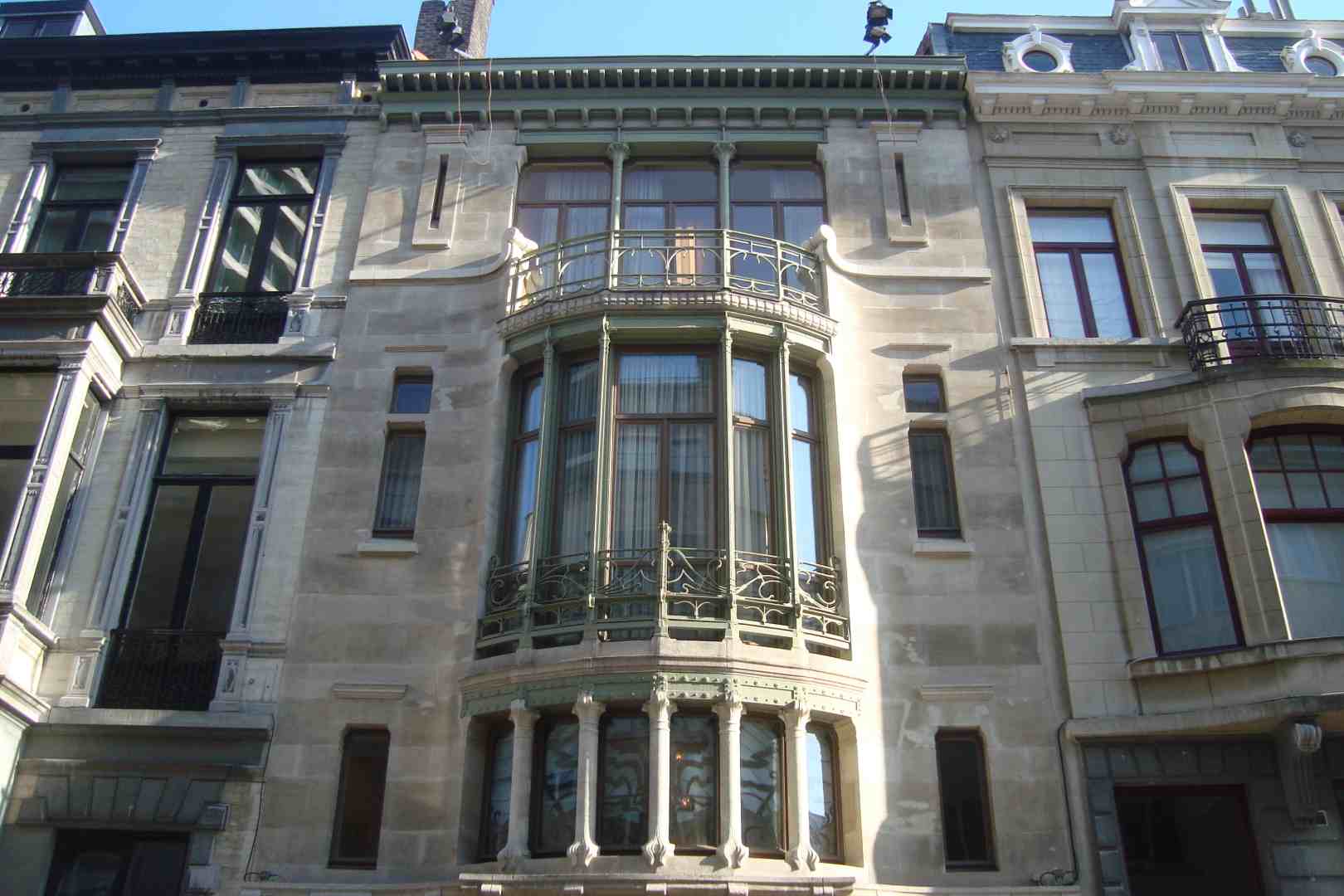According to an agreement announced on 11 January, the Slav Epic (1910-28) will be displayed in the Thomas Heatherwick-designed Savarin development, a new regeneration project in the historic centre of Prague, which is due to open in 2026. The move follows a lengthy battle between the Czech artist’s grandson John Mucha and the city council over the fragile work’s future.
“Slav Epic” by Alphonse Mucha, is a series of 20 monumental paintings representing key events in Slavic history, and which have been searching for a permanent exhibition space for almost a century. The last time they were exhibited was in 2012. Alphonse Mucha’s wish to find a permanent home for his Slav Epic in the Czech Republic may finally come true after the monumental cycle of 20 paintings was left in limbo for almost a century.
The conditions of the artist
Mucha delivered the series to the city of Prague on the condition that he build a pavilion for its display. This was not a minor thing, since the canvases are huge (8 meters wide by about 6 high), which complicated the project somewhat along with the Second World War, the communist disapproval, the lack of funds and the legal disputes with the Mucha family, what should be a permanent gallery on the Slavic epic, never materialized.
After being in storage for decades, the paintings were on public display for the first time since Mucha’s death in 1939 at Moravský Krumlov Castle in southern Moravia in 1963. They remained there until 2012, when the city of Prague claimed them; The Palacio de las Ferias being the only place with enough space to house these monumental works, but the fluctuations in temperature and the lack of humidity control made it a dangerously unsuitable space for some canvases that had already suffered a lot.
The fact that the palace had also been used during the war to hold Jews before they were deported to concentration camps was not an impediment to Prague officials, but it sure upset the Mucha, especially since various members of the family they had been among those imprisoned.

Litigation between Prague and the Mucha family
As for Alphonse’s grandson John, Prague would not own “The Slavic Epic” until they built the pavilion under Mucha’s conditions. Until then, the series was better in Moravský Krumlov. Prague’s argument was that they owned the works freely and clearly because the legal donor was not the artist, but the paying sponsor, American plumbing and lead magnate Charles Crane, and Crane had not demanded the exhibition space.
The Mucha family and the foundation they founded brought the dispute to justice. In 2016, Prague announced that the 20 canvases would go on a two-year tour of Asia. This would have been the first time they left what is now the Czech Republic. This meant more deterioration in the paintings, since the transport was carried out in precarious conditions of temperature, humidity and pressure.
John Mucha (the painter’s grandson) filed another lawsuit, once again, to keep the fragile works of egg tempera on canvas in the Czech Republic, but the courts could not stop that tour. It continued as planned. When “The Slavic Epic” finally returned home in 2019, Prague announced that the paintings would return to Moravský Krumlov until the city had a suitable installation for the series.
A solution, almost 100 years later
Now the adventure of this epic canvas saga may come to an end. An innovative renovation of the Savarin Palace (Wenceslas Square), in the heart of historic Prague, has offered the city a custom-designed gallery to be the new home of “The Slav Epic”. It seems that Prague and John Mucha have reached an agreement.
The Savarin Project
The new exhibition adapted to “The Slav Epic” in the Savarin reform project would offer an exceptional and unique exhibition space in the city center. The exhibition over an area of 3,500 m2 would be accessed through the newly created gardens and the listed building of the historic riding school, which will be the centerpiece of the entire Savarin project.
The exhibition space of the Epic of Alfons Mucha will be 10 meters high, which will allow the presentation of “The Slavic Epic” in a uniform visual vision, according to the original intention of Alfons Mucha.
Everything will be enhanced by the entrance hall to the gallery, technical facilities, a shop with souvenirs related to Alfons Mucha and a space for groups and guided tours. The whole area of the exhibition is conceived as the life path of Alfons Mucha and how this path led to the creation of the Slavic Epic.
One of Heatherwick Studio’s first sketches of how the Slavic epic could be displayed in the new space to be built in Prague:

The 15,000 sq. m complex will be a mix of retail and office spaces set in the neighbourhood of Wenceslas Square, one of Prague’s main attractions. Heatherwick Studio’s design involves restoring a number of historic buildings and integrating them with new structures and underground passages.
The Slav Epic (Slovanská epopej) is a series of twenty monumental canvases (the largest measuring over 6 by 8 metres) depicting the history of the Slav people and civilisation. Mucha conceived it as a monument for all the Slavonic peoples and he devoted the latter half of his artistic career to the realisation of this work.
The idea of the work was formed in 1899, while Mucha was working on the design for the interior of the Pavilion of Bosnia-Herzegovina, which had been commissioned by the Austro-Hungarian government for the Paris Exhibition of 1900. In preparation for the assignment he travelled widely through the Balkans, researching their history and customs as well as observing the lives of the Southern Slavs in the regions that had been annexed by Austria-Hungary two decades earlier. From this experience sprang the inspiration for a new project – the creation of ‘an epic for all the Slavonic peoples’ that would portray the ‘joys and sorrows’ of his own nation and those of all the other Slavs.
Between 1904 and 1909, Mucha visited the United States five times in hopes of finding a benefactor who would support his ambitious project and eventually, on Christmas Day 1909, he secured sponsorship from Charles Richard Crane (1858-1939), a wealthy Chicago-based businessman and philanthropist. Crane was intensely interested in the development of political affairs in Eastern Europe and Slavonic culture and he was to provide financial and emotional sustenance to Mucha for almost twenty years. Mucha returned to his homeland in 1910 to take up his mission.
With the Slav Epic Mucha wished to unite all the Slavs through their common history and their mutual reverence for peace and learning and eventually to inspire them to work for humanity using their experience and virtue. In 1928, Mucha and Crane officially presented the complete series of the Slav Epic to the City of Prague as a gift to the nation, coinciding with the 10th Anniversary of its independence.
You can see the 20 paintings and the explanation to each of them in the following link: http://www.muchafoundation.org/en/gallery/themes/theme/slav-epic
As you can see below in artnouveau.club we have informed a lot about Slav Epic. We are glad that a solution has been finally found. We hope the solution found is put into practise quickly.


